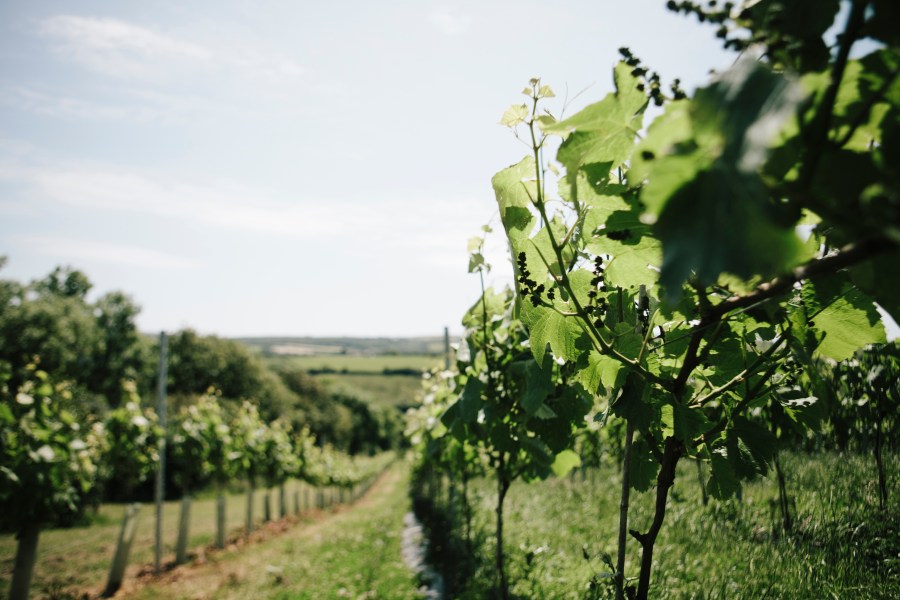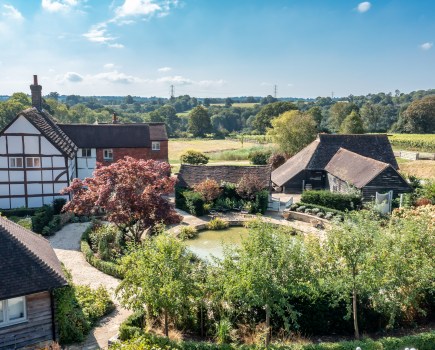Whether you are an established grower looking to expand an existing operation, a new grower looking to plant a vineyard under a new venture, or a landowner with land suitable for vines, but not wanting to go into viticulture yourself, the questions about renting land are becoming more frequent. We know it’s not a new industry by any means, but it’s fair to say that unlike other farming sectors, comparable evidence of what a market rent should be for vines is in short supply.
What concerns me is that the correct rent should be paid. By that, I mean a rent that is both sustainable for the grower during the establishment years, and which rewards the landowner with a suitable return for the use of his land for a period likely to be in excess of 20 years.
In the South, we are used to top and soft fruit rents and so why should vineyards be any different? In principle I’m not saying that they should be, but before just agreeing a rent that sounds about right and what you hear others are paying, just stop and give it some serious consideration.
Many impressive titles such as ‘head of viticulture’ have popped up in recent years but do they understand the basis of rent and the contractual terms that can be agreed under the Agricultural Tenancies Act 1995. This is the legislation that these tenancies are covered under. And are they aware of all the other terms that are being agreed by the parties relating to this long term ‘relationship’?
The fall-back provision under the legislation “is the sum for which the holding might reasonably be expected to be let on the open market by a willing landlord to a willing tenant, taking into account all relevant factors” (i.e. area, aspect, soil type, latitude, drainage, existence of buildings etc and the terms of the agreement). But the parties do have the freedom to agree their own formula and with very few market transactions that might be considered as comparable to your own situation, it is worth taking time to stop and think.
Perhaps it might be necessary to include specific restrictions and covenants in the agreement. For example, the location of the land could give rise to the creation of a ‘brand borrowing’ from an existing place name and therefore there might be the need to include in the agreement some form of ‘royalty’ payments. This could cover both the use of the name
and/or associated imagery of the setting of the land within the local landscape. If situated near existing tourist destinations, there might be the opportunity to piggy back off and benefit from existing visitor footfall.
There is also the marriage value of the land to consider if it adjoins an existing operation that is looking to expand its productive capacity and the related increased earning opportunity. However, this does need to be offset against the cost of investment needed in the new infrastructure required to support new plantings. Rental values must be determined so they work for both parties.
If a landlord, it is also important to consider the impact of a proposed planting on perhaps your own home and privacy where vines are to be planted nearby, as access requirements and spray operations can be frequent and 20 + years is a long time.
That said, there can be benefits for a landlord and the local area – not dissimilar to the ‘Waitrose’ effect on residential property. It might increase your overall land and property values and therefore there could be some room for movement on rent within the initial agreement, to help get the vines off the ground.
Given the length of commitment required by both parties and the levels of investment needed, it is important to take specialist advice.




